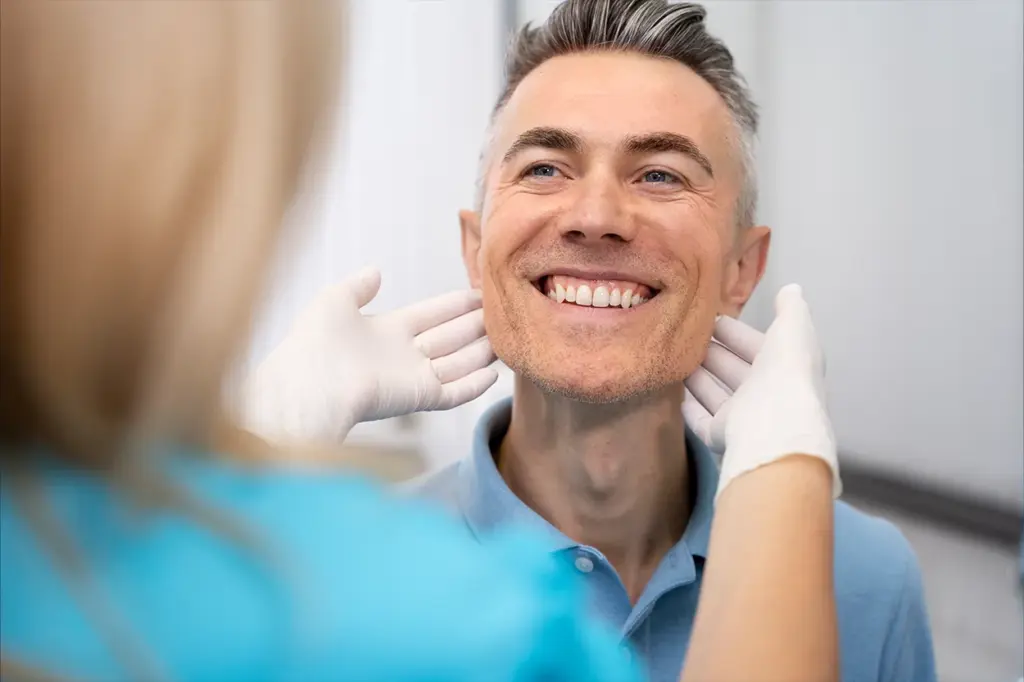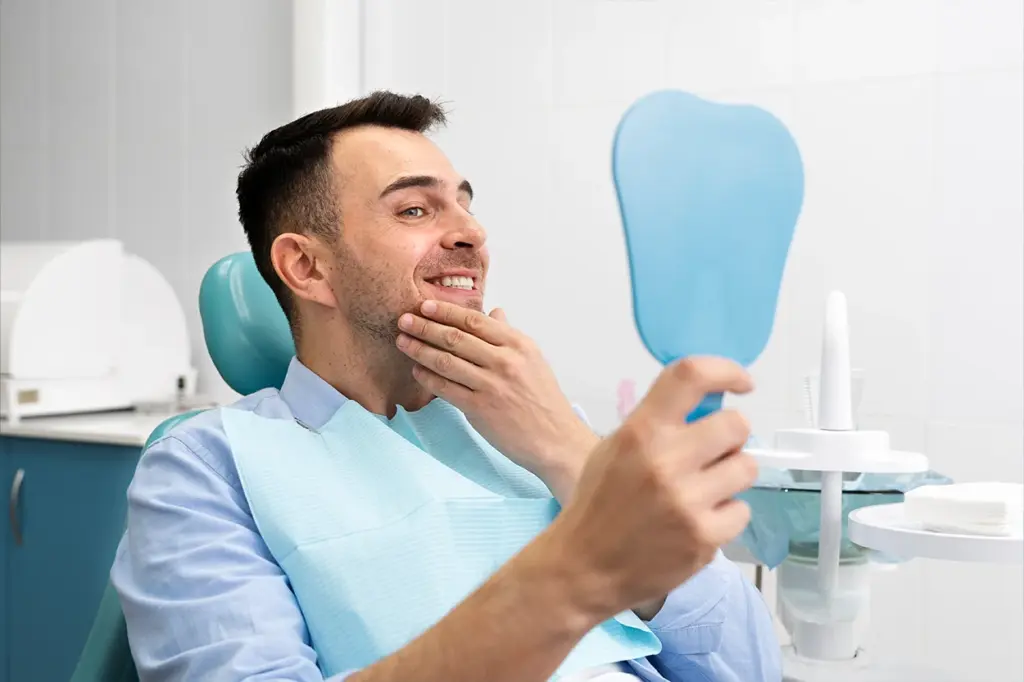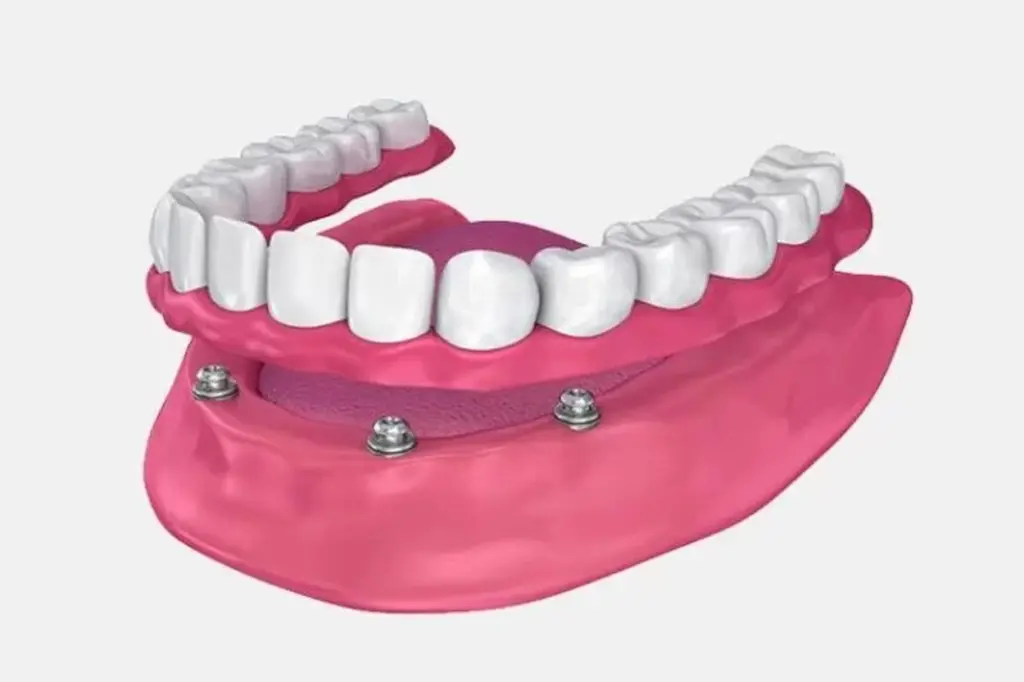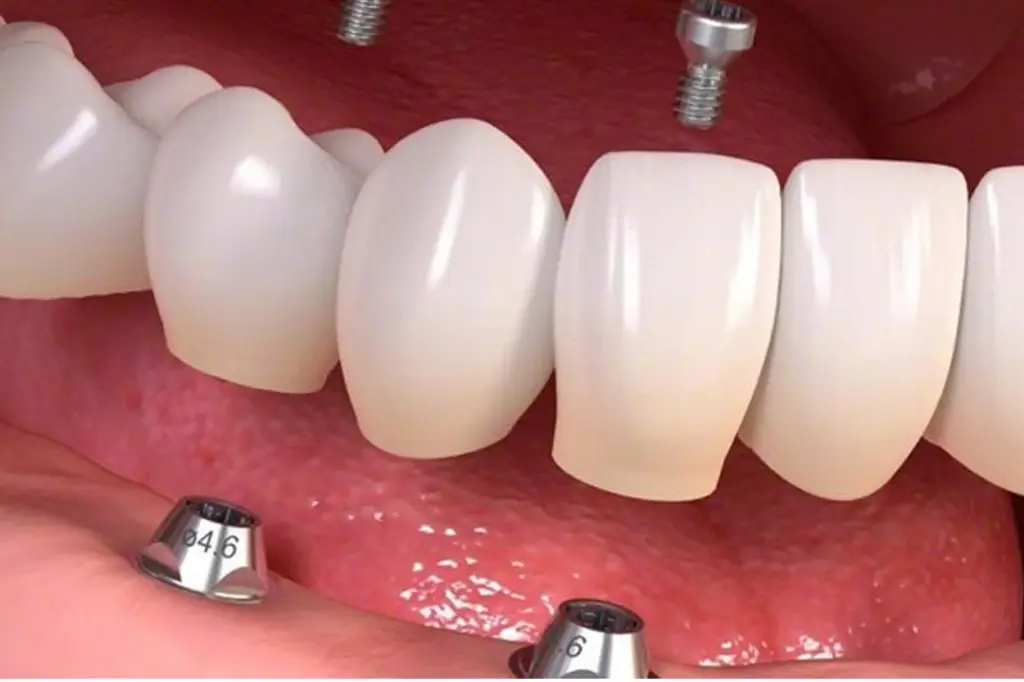Advanced Technology Equipment
We provide our treatments using equipment equipped with the latest cutting-edge technology, ensuring the highest standards of quality for our patients. Our state-of-the-art devices enhance both the effectiveness of our procedures and help us achieve optimal results. By investing in innovative technology, we continuously update our treatment methods to offer a more comfortable, efficient, and reliable experience. At every step, we aim for excellence in health and aesthetics, using the most advanced technology available.
Distinguished Team of Experts
We understand the unique needs of each of our patients and are dedicated to meeting those expectations with the utmost care and attention. In line with our commitment to health and safety, we conduct all procedural steps in state-of-the-art, sterilized environments, utilizing top-tier equipment and a highly skilled team. Our goal is to manage your treatment process without compromising your health or comfort, ensuring that each stage of care is safe, effective, and seamlessly executed. We prioritize not only successful outcomes but also a supportive, positive experience throughout your health journey.




What is Implant Prosthesis?
The prostheses used in people whose tooth deficiency is eliminated with implant treatments are called implant prostheses. Implant treatment can be used in any situation, from a single missing tooth to missing all the teeth in the mouth. Implant prostheses made of material suitable for natural tooth structure are applied in different ways. Implant prosthesis types are divided into two as removable and fixed and applied in these two ways. The number and location of the implants are decided by the physician after intraoral and radiographic examinations, taking into account the quality, height and width of the jawbone.
You can reach our specialist physicians at 0212 481 22 88 – 0530 542 46 95 or you can click to make an appointment and get directions.
General or local anesthesia is not used during the application phase of the implant prosthesis, and you will not feel any pain or pain during the measurement and rehearsal phase of the prosthesis. On the day the implant is placed in the missing teeth in the anterior regions, temporary teeth with a similar color and structure to the neighboring teeth are inserted, as a result, the person can easily perform speaking and chewing activities and feel more comfortable. During the waiting period for bone healing, people continue their lives with temporary teeth.
Implant Removable Prostheses
The prostheses that the person can put on and take off on the implants made for people who have no teeth are called removable prostheses. If the person’s general health condition and jawbone are suitable, a removable prosthesis can be made on three or four implants on the upper or lower jaw. In people who use palatal prosthesis, lower prostheses may come off during speech or eating due to bone resorption. For people who have difficulty getting used to the palatal prosthesis, the prosthesis dislocation is terminated with the application of a removable prosthesis on the implant. Thus, the person can easily eat, laugh and speak.
These implant prostheses are removed at certain times during the day or every evening and the oral tissues are rested. Prostheses and implants should be cleaned thoroughly, but this cleaning process should be done with specially produced cleaners, toothpaste should not be used.
Implant Fixed Prostheses
Implant-retained fixed prostheses are dentures that are glued or screwed to the parts on the implant, which can be used in cases ranging from single tooth loss to complete jaw tooth loss. In completely tooth-deficient mouths, four to eight implants are required for implant-retained fixed dentures.
Implant-retained fixed dentures cannot be worn and removed by the patient. People should brush over implant crowns and bridges at least twice a day. In addition, full hygiene can be achieved with mouthwash methods.
Control Examination of Implant Prostheses
As with all dental treatment procedures, the person should undergo dentist controls once or twice a year after the implant prosthesis is made, whether or not they have problems. In these controls to be performed by the dentist, oral and radiological examinations are performed.
Whether the person has cleaned the prosthesis meticulously and sufficiently, whether any slippage has occurred in the bones, and also gum health are examined. If there are any procedures that need to be applied and performed as a result of these examinations, they are intervened immediately. Thus, people are enabled to use their fixed or removable prostheses and implants on implants for a longer period of time.
Things to Consider After Implant Prostheses are Installed
People with teeth grinding and hard chewing habits should be careful. Care should be taken to clean the implant, mouth and teeth and appropriate cleaners and cleaning methods should be used. After the treatment, the mouth should be rinsed with salty warm water during the day. By ensuring the cleanliness of the mouth and the inside of the mouth, the formation of injections that may occur as a result of implant prosthesis treatment is prevented and minimized.
You can also learn how teeth grinding has negative effects on your health by reading our article titled “The effects of teeth grinding and clenching on dental health”.
